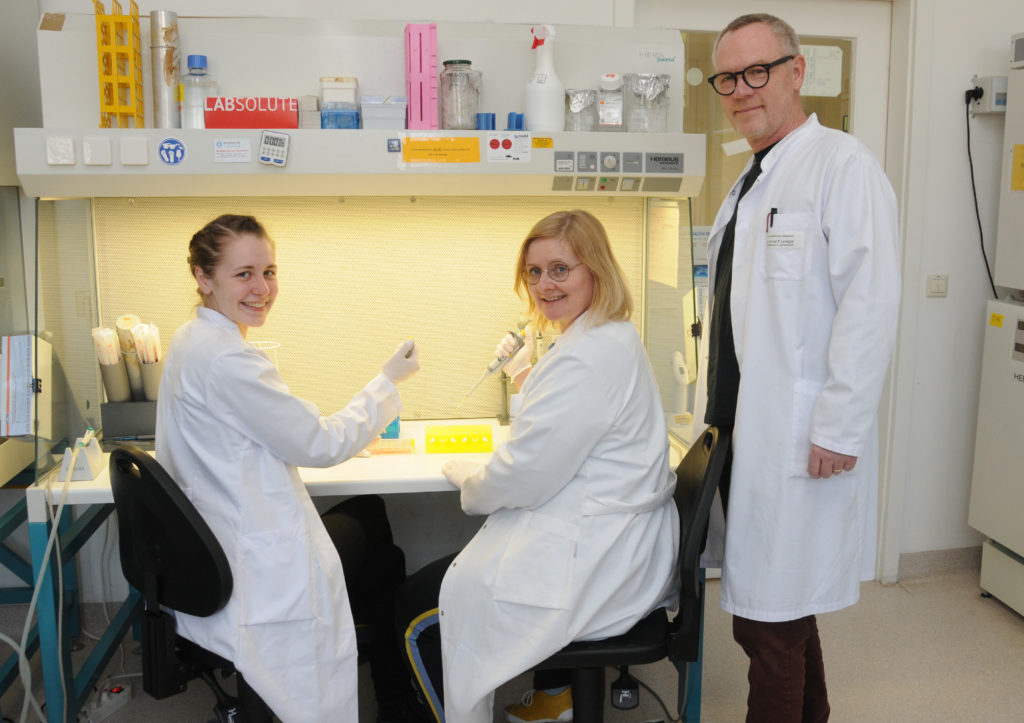
Dysbalances in protein homeostasis, e.g. in protein translation and degradation, are hallmarks in aging cells and organs. Special attention has been recently paid to reduced autophagy in the elderly as well as in in vitro models. In fact, rejuvenated autophagy can be correlated with increased life-span and attributed with ‘healthy aging’ (Madeo et al. 2010) while hippocampal autophagic deficits contribute to age-related cognitive disorder in mice (Yang et al. 2014). The polyamine spermidine, anti-inflammatory drugs, caloric restriction, and AMP-activated protein kinase (AMPK) have been associated with enhanced/sustained autophagy. AMPK activates autophagy and is a target for the most commonly prescribed oral antidiabetic drug metformin, which in turn improves insulin sensitivity and lowers blood sugar levels in obese diabetes type 2 patients by targeting lipid homeostasis (Fullerton et al. 2013) and increasing glucose consumption. Moreover, antiinflammatory drugs such as COX-inhibitors and oral antidiabetics (including glitazones and metformin) in general reduce the risk of dementia (Heneka et al. 2015). Specifically, glitazones increase the storage of fatty acids in adipocytes thereby decreasing the amount of free circulating fatty acids and consumption/oxidation of glucose ultimately decreasing insulin resistance and antiproliferative actions.
Hypothesis of the project: Mechanisms that improve the effect of (endogenous) insulin act in a neuroprotective manner through balancing protein homeostasis in aging cells (by shifting the metabolism to glucose consumption). Thus, reactivation of autophagy, but also reactivation of global protein translation can provide rejuvenation mechanisms in aged neurons and the aged brain. We thus define the following Aims:
- To decipher translation and turnover dynamics, as well as translation locales of neural proteins in aged cultures and aged (>18 months-old) mice in a cell-selective fashion and their response to spermidine.
- To determine the interdependencies and commonalities of anti-inflammatory and antidiabetic strategies to rejuvenate autophagy and neural protein homeostasis.
Collaborations: TP2 Stork (mechanisms of autophagy induction, behavior), TP11 Leßmann (synaptic functions), TP3/4 Kreutz and TP5 Dunay (insulin-dependent and inflammation modulation of synaptic proteostasis), TP6 Dityatev and TP8 Gundelfinger/Seidenbecher (ECM modulation).

